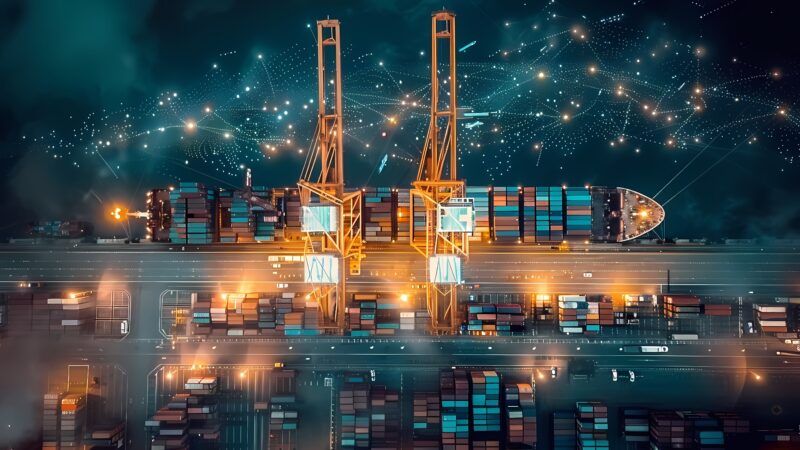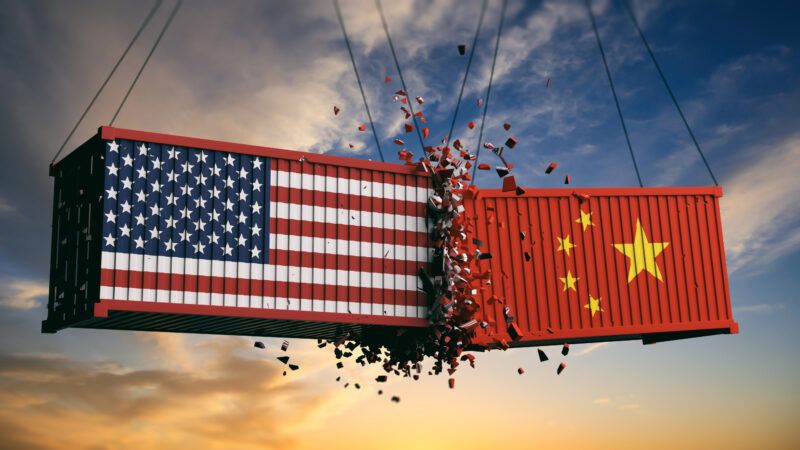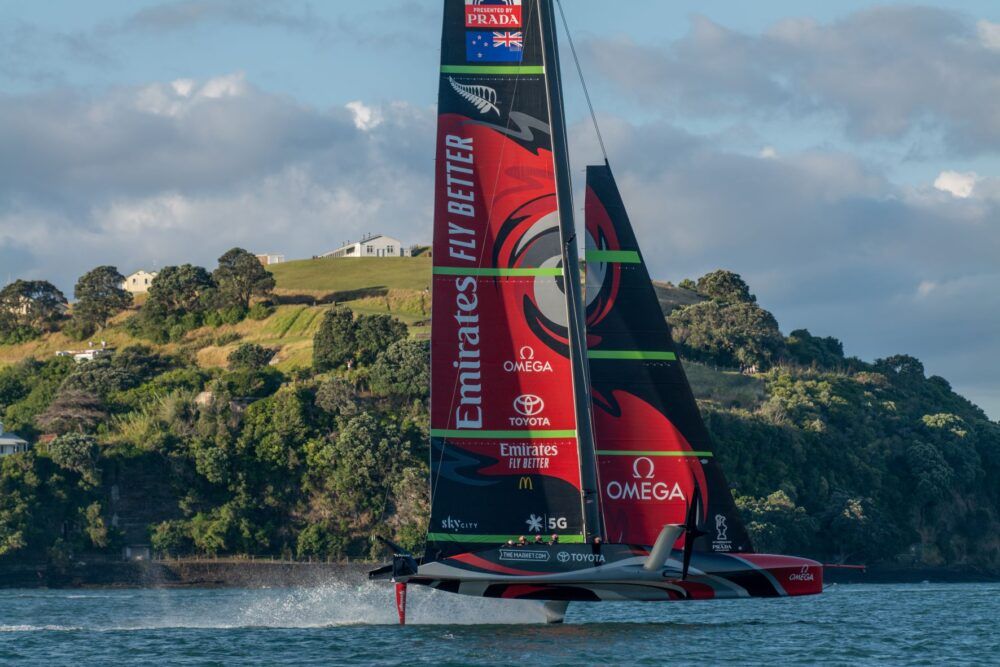 The main feature of the AC75 class are its hydrofoils, which allow the boat to 'fly' above the water (Emirates New Zealand).
The main feature of the AC75 class are its hydrofoils, which allow the boat to 'fly' above the water (Emirates New Zealand).
The America’s Cup Technological Competition
The America's Cup is not just a sailing competition with a historical background or a traditional sporting event. It is, above all, a technological competition. Dan Bernasconi, Technical Director of the reigning winner Emirates Team New Zealand, explains to PierNext what's new for the 37th edition and the design process involved.
 The main feature of the AC75 class are its hydrofoils, which allow the boat to 'fly' above the water (Emirates New Zealand).
The main feature of the AC75 class are its hydrofoils, which allow the boat to 'fly' above the water (Emirates New Zealand).
America's Cup: Technology, innovation and a rich history
The America's Cup is the world's most prestigious regatta and the oldest international competition still operating in any sport. The competition is held between yacht clubs in which the defending club takes on the challenger club or clubs at the venue of its choice.
Under the system of boat-against-boat elimination races, any Yacht Club that meets the requirements specified in the Deed of Gift has the right to challenge the Defending Yacht Club that holds the America’s Cup.
The origin of the regatta was in 1851, as part of the Great Exhibition in London. Members of the New York Yacht Club from the United States, aboard the schooner "America", beat fourteen boats from the Royal London Yacht Squadron on a course around the Isle of Wight in southern England. From then on, the race was renamed the "America's Cup".
Barcelona 2024, the most innovative America's Cup
The America's Cup is not just a sailing competition. It is, above all, a technological competition between countries. The America's Cup includes all the previous stages of research and development; a development that will bring innovations that flow down to traditional sailing as well as other marine and technological industries, thus enabling its technological advancement.
The organisation imposes that the technology incorporated in the development of a boat must be their own in the Class Rule, in the 37th America's Cup it is the AC75. The Defender and the Challenges boat must be entirely designed and built in the country launching the challenge.
For the America's Cup in Barcelona in 2024, the defending team will be Emirates Team New Zealand, representing the Royal New Zealand Yacht Squadron.
The challenging teams will be:
- INEOS Britannia, from the United Kingdom ( Challenger of the Record).
- American Magic from the United States
- Luna Rossa Challenge from Italy
- Alinghi Red Bull Racing from Switzerland
Characteristics of the AC75, the class of the 37th America's Cup
In the Barcelona 2024 edition, as in the previous one, the participating boats belong to the AC75 class. This is a relatively large monohull boat by traditional regatta standards (22.9 metres long by 4.9 metres wide) but extremely light.
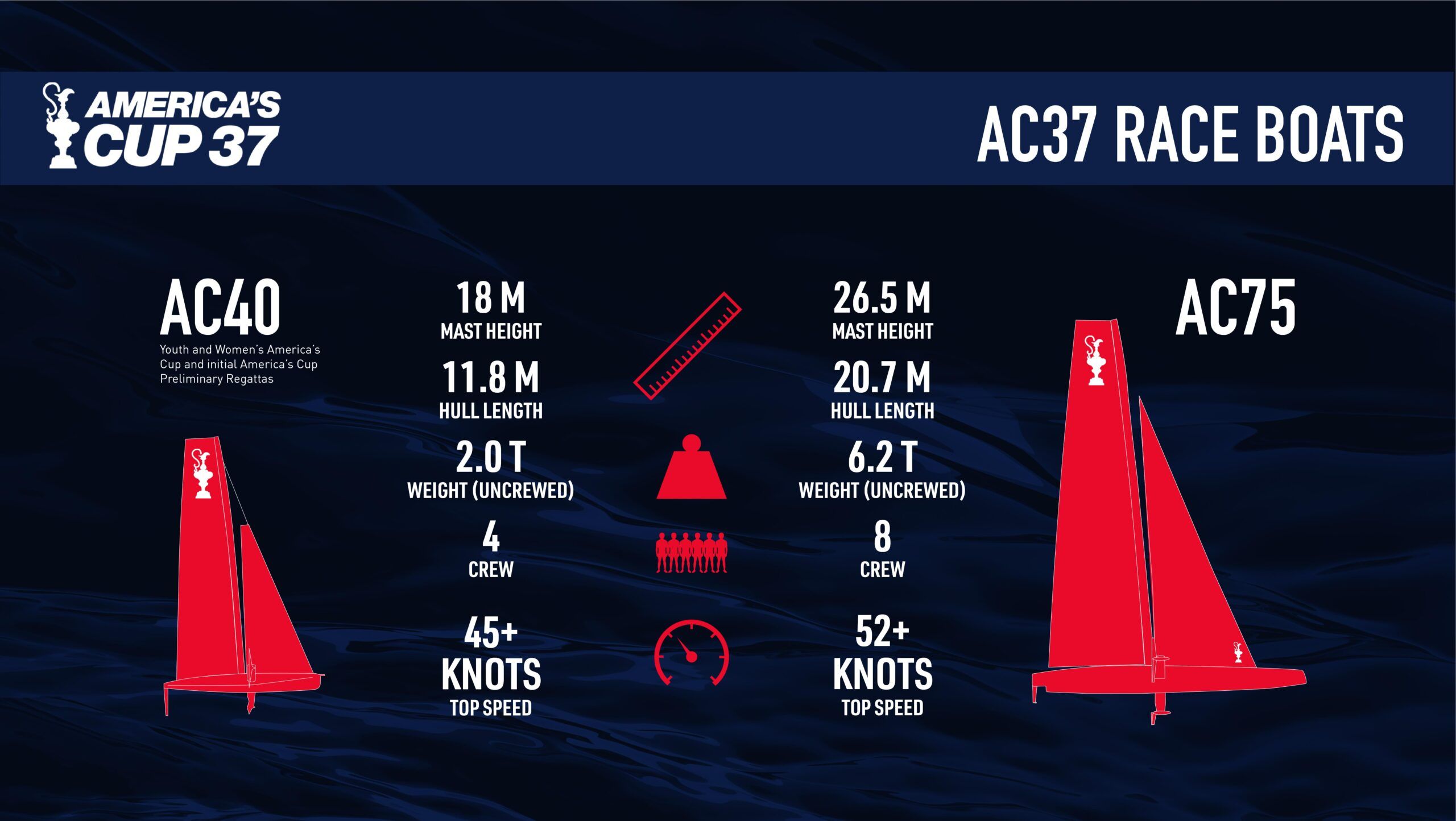
Its main feature is that the keel is replaced by two T-shaped hydrofoils on both sides of the boat. These fins end in a hydrofoil and allow the boat to literally fly over the water. Thus, during the race, the boat submerges one of the two hydrofoils, keeping the hull levitating above the sea, while the second acts as a counterweight.
"It's spectacular when it's at its best. If we compare it to the previous edition, I don't think the competition in Barcelona will be the same because the learning curve has grown. The know-how of the teams that participated in previous editions is much greater," says Agustín Zulueta, an industrial technical engineer and participant in five editions of the America's Cup.
The Protocol, the Class Rule, and the influence of the venue
A peculiarity that defines the America's Cup is that the winning team, in addition to the trophy, is in charge, together with the Challenger of the Record, of defining the protocols and rules of both the regatta and the AC75 class, announced in November 2021, for the next edition
Dan Bernasconi, Emirates Team New Zealand's Technical Director, explains the key differences, which he specifies, while not obvious to the public, do involve a number of important changes for the designers.
"For the next edition, the boat will be lighter to be better prepared for the lighter breezes. To do this, the goal is to lower the wind speed range down, which is achieved by reducing the mass of the boat by about one tonne, from 7.8 to 6.8 and, among other measures, increasing the foils’ wingspan from a 4m distance to 4.5m. This will allow the boat to take off in lighter winds," he explains.
The fact that the 37th edition will be held in Barcelona's waters also conditions certain aspects of the design. "As soon as we announced the venue, we started to study the weather and sea conditions in Barcelona in October, which is the month when the regatta will be held. In general, the wind is lighter, there is less chance of strong breezes, although we can't rule them out. That's why we can't design a boat that can only sail in less than fifteen knots of breeze; we also have to prepare for the less usual circumstances that may occur during the regatta,” he explains.
The importance of simulation
Bernasconi, who began working on the America's Cup in 2005, says the design process has become more sophisticated over the years, with technologies such as Artificial Intelligence being incorporated.
Initially, tests were carried out directly on the water. Using a reference boat that was not modified and a test boat in which certain changes were introduced. The results of both were compared before carrying on any modifications.
"Later, almost all decisions about the boat's performance were based on computational fluid dynamics and full dynamic simulation, similar to a flight simulator. The crew sailed in the virtual simulator, where wind and sea conditions were entered, and we compared their times," shares Bernasconi.
In the last campaign, a further step was taken, replacing the human crew with Artificial Intelligence thanks to the partnership between Emirates Team New Zealand and McKinsey in 2019, which resulted in a new crew member: an Artificial Intelligence (AI) bot.
The aim was to test different foils 'sailing' in the New Zealand team's simulator. This simulator was key to the team's victory in the 2017 edition but there was a problem: to fine-tune its performance, several members had to use it simultaneously, a logistical challenge for a crew that trains and participates in several competitions around the world.
Experts at QuantumBlack, McKinsey's analytics firm, used 'deep reinforcement learning' methodology, which turned the AI bot into a professional sailor with a dynamic approach by including countless variables such as wind speed, direction, adjustments to the fourteen different sail and boat controls. Thus, the bot learned in hours what takes a human being years to perfect.
Within two weeks, the robot was sailing in a straight line, upwind and downwind. Eight weeks later, the AI bot started beating sailors in the simulator. "It's really useful because it speeds up the process. Unlike the human crew, AI makes a perfect lap every time, so there are no errors that add 'noise' to the optimisation process," he explains.
The fact that the 37th edition will be held in Barcelona's waters conditions certain aspects of the design
More sustainable hydrogen-powered vessels
One of the innovations provided by the New Zealand team for the 37th edition are the hydrogen-powered auxiliary vessels used in the race. This boat, called 'Chase Zero', has proved itself capable of speeds of over 50 knots (90 km/h) and has been built in collaboration with Toyota, Gurit Composites and Global Bus, among others.
“It is a 10-metre-long boat that runs on 2 x 80kW hydrogen fuel cells complemented by lithium batteries.This could be the beginning of a new era in recreational sailing free of polluting emissions.
"There is usually a break between America's Cup cycles and in this case, we used it to design the 'Chase Zero'. When we started, we didn't have much knowledge about auxiliary vessels or hydrogen, it's been a big learning curve because it's an emerging technology. Integrating the tanks, batteries, cooling systems to be compatible with the vessel... It's a really interesting project. It's been nine months from designing the first concept to the first trials on the water," shares Emirates Team New Zealand's technical director.
For Zulueta, the addition of these boats in Barcelona 2024 will signify a before and after, not only for the America's, but also for the implementation of this type of boats in daily port operations.
"Sustainability seemed far away, but now it has become a must. The New Zealand team is doing a fantastic job by including this protocol in the competition rules. It is important that Barcelona sets the tone so that the daily operations of the regattas become more sustainable," values the engineer.
The design strategy, key
Bernasconi leads a team of 35 professionals from different branches of engineering: materials science, composite structures, mechanics, simulation, software, electronics, hydraulic design, control system design... each formed by three or four professionals.
One of the measures included in Barcelona 2024 is that teams will only be able to build one boat instead of the two of the previous edition; one for testing and one for competing.
"It takes a year to complete the boat, from the design of the first hull mould until the boat starts sailing. A normal boatyard would take much longer but we have developed a super-optimised building process. This is a really important part of the strategy, determining at what point you start building," he explains.
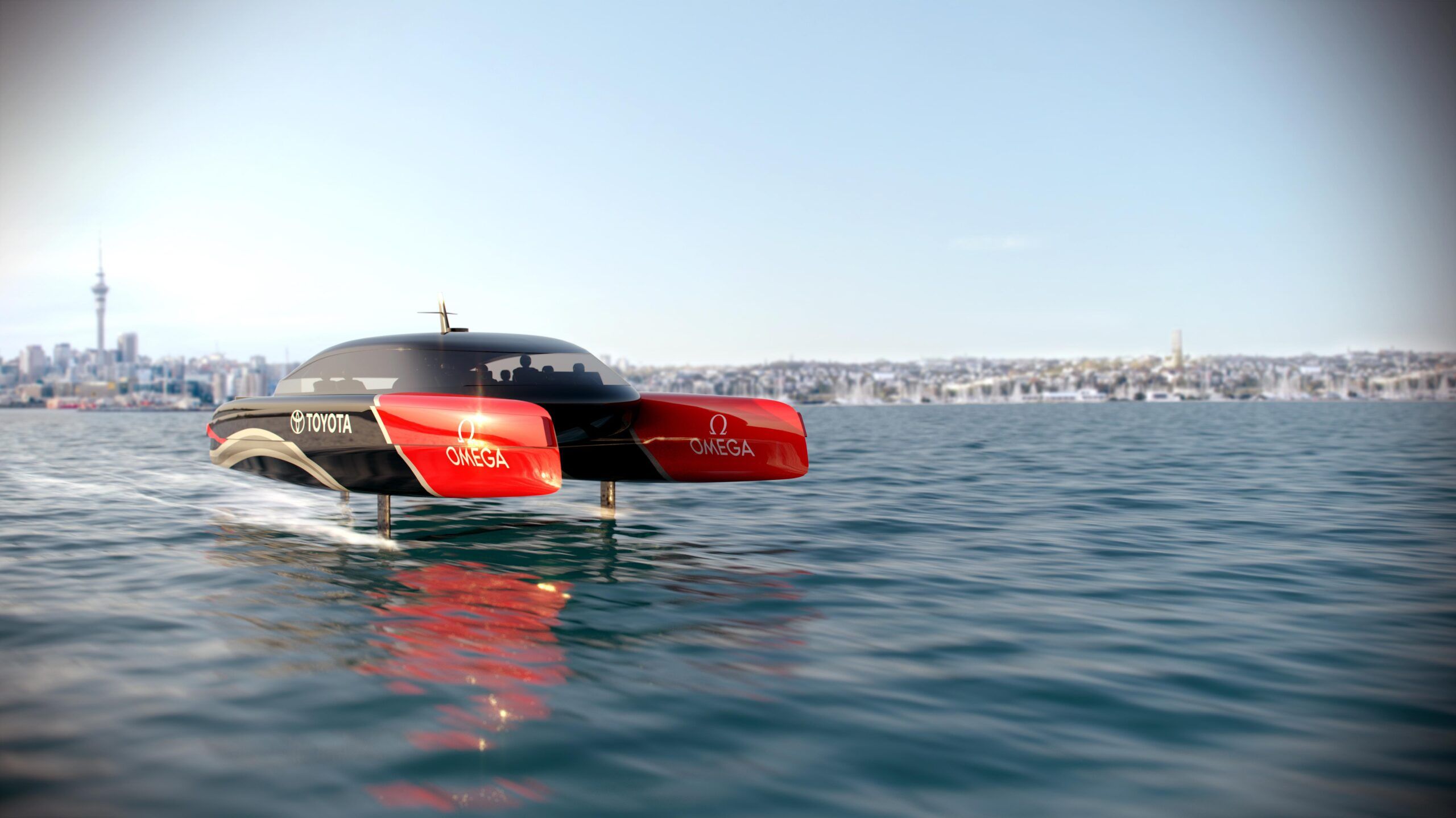
Generally, he continues, teams opt to delay boat construction to spend more time on research and development and design. However, he also advises against delaying this process too long because it reduces the time for on-the-water testing. "Roughly speaking, the teams will start building the boat in the first half of 2023 and test it on the water in early 2024 so that they can train for several months before the regatta," he says.
America's Cup technology applied to the sector
For Bernasconi, technologies developed specifically for the world's most famous regatta can be extrapolated to commercial, sporting or recreational sailing. He cites as an example the studies looking at incorporating foils on passenger ferries, something that was already studied in the 1970s although, at that time, they were passively controlled and did not have the same efficiency.
"Foils are a very interesting solution because they minimise emissions by reducing fuel consumption as well as improving comfort," he says.
Lastly, he explains that the 37th edition held in Barcelona will not be the end of the AC75 class, as the Protocol stipulates that, whoever wins the 37th America's Cup, they must maintain it for the next edition.
The reason, he explains, is not to discourage the entry of other teams, given that its technological development requires a high investment. "Besides, I have to say that it's a class that both the designers and the crew love, so this decision has not caused any arguments with the other teams," he says.
For Barcelona and Catalonia, which hosts a total of 800 regattas a year, hosting the America's Cup represents an opportunity to create a lasting legacy by implementing sustainable values that can be extrapolated to the maritime-port environment and to be a technological facilitator for the teams that will soon be based in the city. The countdown has begun.



